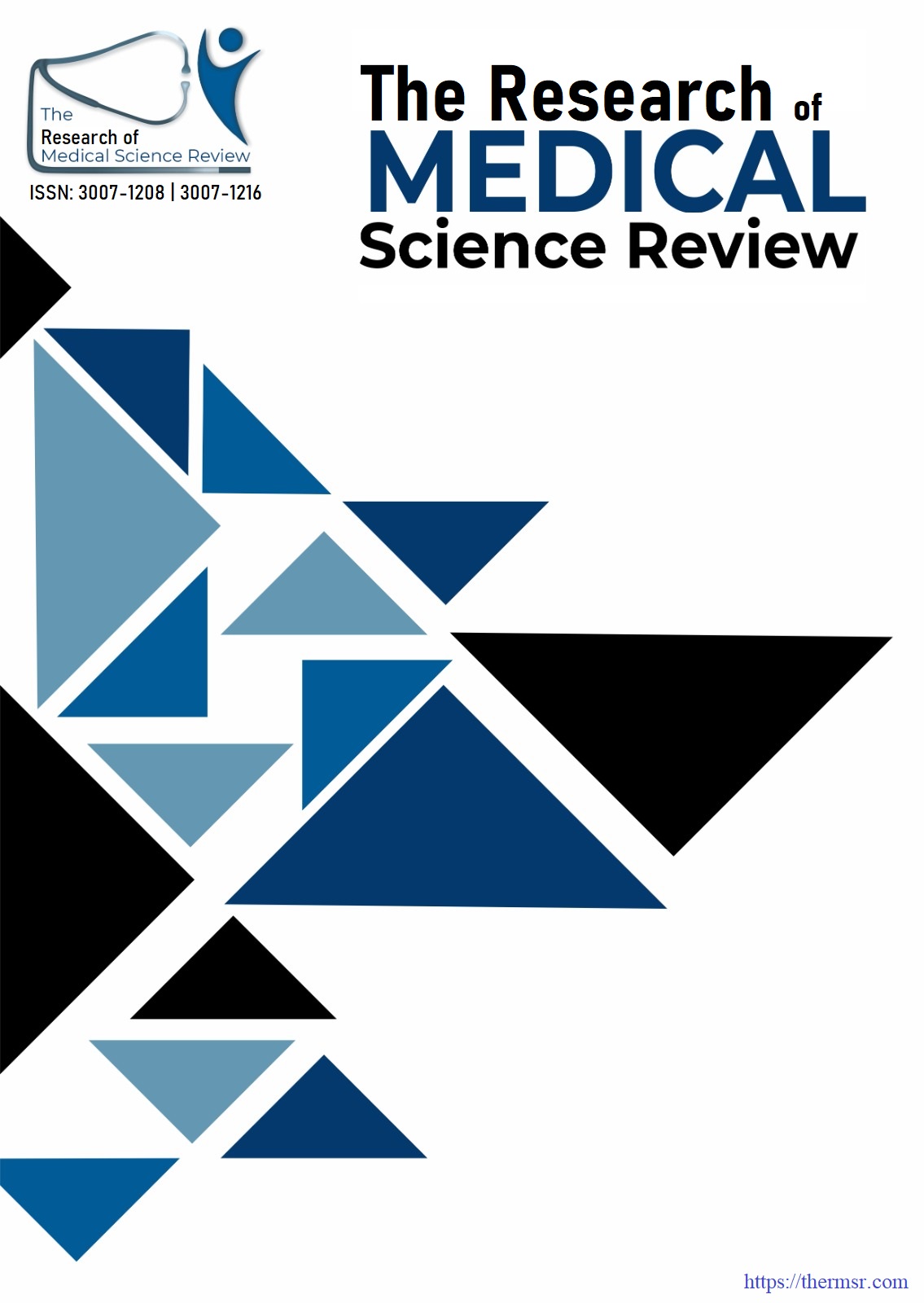SERUM CALCIUM LEVEL AMONG NEONATES WITH HYPOXIC ISCHEMIC ENCEPHALOPATHY (STAGE II & III) IN A TERTIARY CARE HOSPITAL
Keywords:
Calcium, Hypocalcemia, Hypoxic- Ischemic Encephalopathy, Neonates, Serum Calcium LevelsAbstract
Background: Hypoxic-ischemic encephalopathy (HIE) is a major cause of neonatal morbidity and mortality, with serum calcium levels potentially influencing its severity..
Objective: To assess the serum calcium levels among neonates with hypoxic-ischemic encephalopathy (stage II & III) in a tertiary care hospital.
Study Design: Case-control study
Study Setting: This study was conducted at Sughra Shafi Medical Complex/Sahara Hospital, Narowal From 20 February 2023 to 20 August
Methodology: Total of 100 neonates were included in the study, comprising 70 cases diagnosed with HIE (stages II and III) and 30 controls without HIE. The classification of 70 neonates as HIE cases and 30 as controls was determined based on the availability of eligible participants during the study period. Blood samples were collected within the first 24 hours of life to measure serum calcium levels. Hypocalcemia was defined as a serum calcium level of less than 8 mg/dl. The collected data were analyzed using IBM SPSS, version 27.0.
Results: Among the cases, 46 (65.7%) were male, and 24 (34.3%) were female, compared to 21 (70.0%) males and 9 (30.0%) females in the control group. The prevalence of hypocalcemia (serum calcium < 8 mg/dl) was significantly higher in the cases, with 30 (42.9%) compared to 2 (6.7%) in the controls (p < 0.001). The mean serum calcium level was also significantly lower in the cases (7.14 ± 1.44 mg/dl) compared to the controls (8.43 ± 0.35 mg/dl), with a p-value of < 0.001. However, the mean serum calcium level was significantly lower in HIE-III neonates (6.45 ± 1.78 mg/dl) compared to HIE-II neonates (7.58 ± 0.98 mg/dl), with a p-value of 0.005.
Conclusion: Our study highlights a significant association between hypocalcemia and the severity of hypoxic-ischemic encephalopathy (HIE) in neonates, emphasizing the need for early detection and management of calcium imbalances to improve outcomes in affected infants
Downloads
Downloads
Published
Issue
Section
License

This work is licensed under a Creative Commons Attribution-NonCommercial-NoDerivatives 4.0 International License.















